Abelia Companion Plants That Will Make Your Garden Pop
Abelias are beautiful shrubs that can add a touch of elegance to any garden. They come in a variety of colors, including white, pink, red, and purple. Abelias also bloom for a long period of time, from late spring to early fall.
If you're looking to add abelias to your garden, you'll need to choose the right companion plants. The right companions will help to highlight the abelias' beauty and make your garden pop.
Here are a few of the best abelia companion plants:
- Spirea: Spirea is another flowering shrub that blooms in the spring and summer. It comes in a variety of colors, including white, pink, and red. Spirea is a good companion plant for abelia because it has similar growing requirements. Both plants need full sun and well-drained soil.
- Weigela: Weigela is another flowering shrub that blooms in the spring and summer. It comes in a variety of colors, including pink, red, and white. Weigela is a good companion plant for abelia because it has similar growing requirements. Both plants need full sun and well-drained soil.

- Phlox: Phlox is a herbaceous perennial that blooms in the spring and summer. It comes in a variety of colors, including white, pink, red, and purple. Phlox is a good companion plant for abelia because it can tolerate shade. Abelias prefer full sun, but they can tolerate some shade, so phlox can help to provide some shade for the abelias in the afternoon.
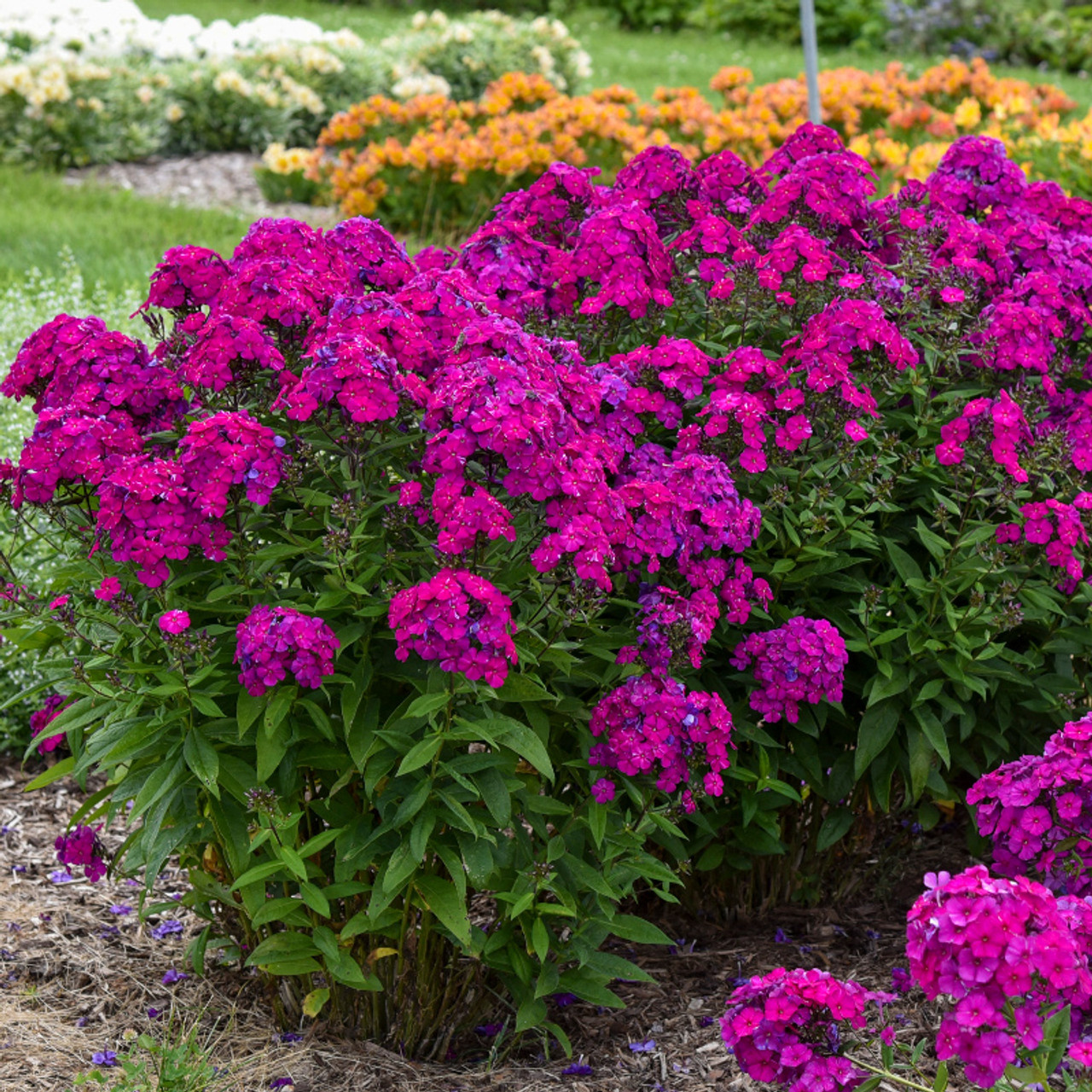
- Iris: Iris is a herbaceous perennial that blooms in the spring. It comes in a variety of colors, including blue, purple, yellow, and white. Iris is a good companion plant for abelia because it has similar growing requirements. Both plants need full sun and well-drained soil.
- Lavender: Lavender is a small, evergreen shrub that blooms in the summer. It has a distinctive fragrance and is a popular choice for pollinator gardens. Lavender is a good companion plant for abelia because it can tolerate some drought. Abelias prefer moist soil, but they can tolerate some drought, so lavender can help to provide some drought relief for the abelias during hot, dry weather.
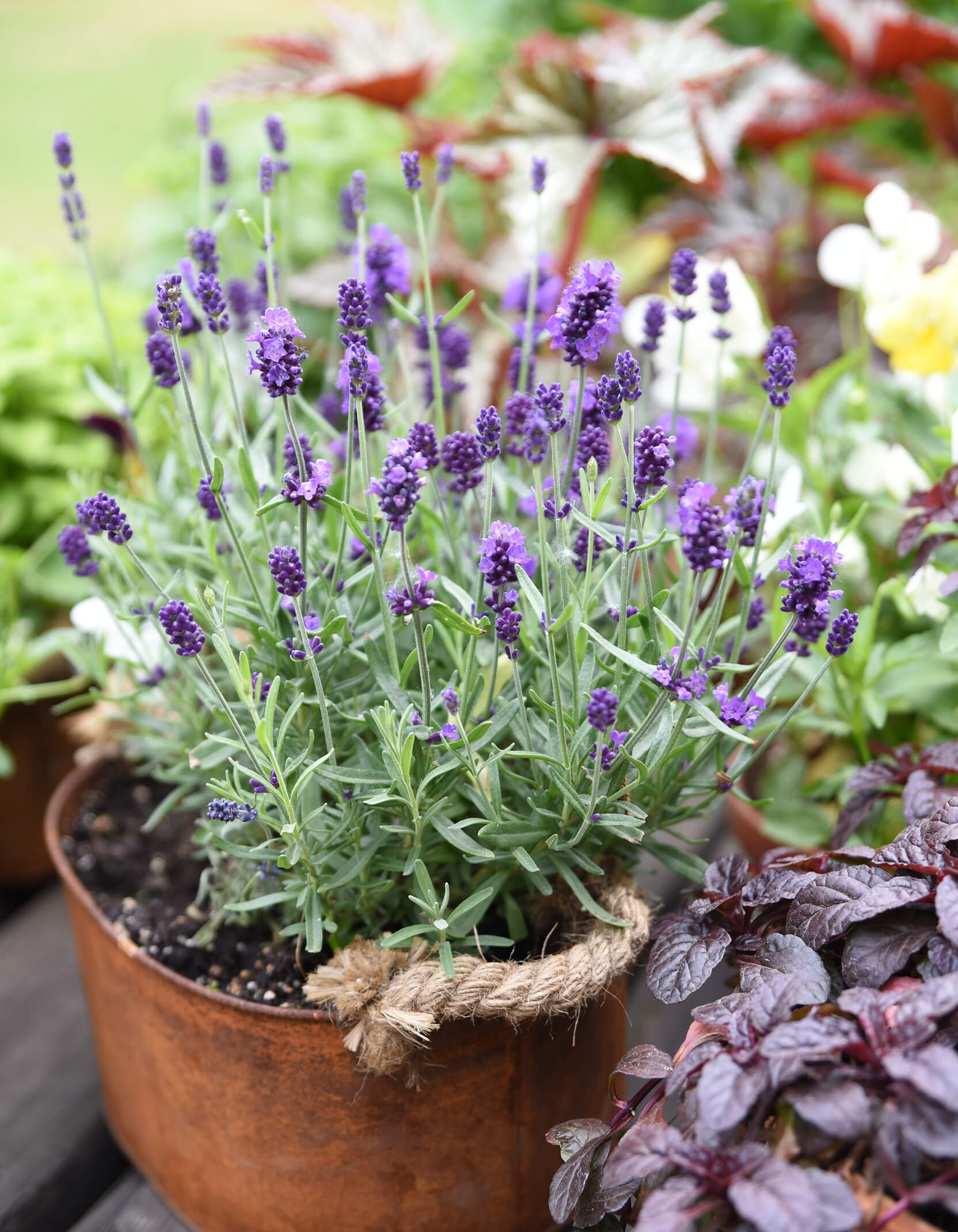
These are just a few of the many abelia companion plants that you can choose from. When choosing companion plants, it's important to consider the abelia's growing requirements and the desired effect you want to achieve. By choosing the right companions, you can create a beautiful and harmonious garden that will make your abelias shine.
Abelia is a beautiful flowering shrub that can add color and interest to any garden. But did you know that choosing the right companion plants can help your abelia thrive?
The right companion plants can provide a number of benefits for your abelia, including:
- Attracting pollinators. Abelia flowers are a favorite of bees, butterflies, and other pollinators. Planting companion plants that also attract pollinators can help to create a healthier and more sustainable garden.
- Providing shade. Some abelia varieties can be sensitive to hot sun. Planting companion plants that provide shade can help to protect your abelia from the harshest rays of the sun.
- Adding structure and interest. Companion plants can help to add height, texture, and color to your garden. They can also help to create a sense of balance and harmony in your landscape design.
If you're looking for a list of abelia companion plants, I recommend visiting Gardenia Inspiration. This website provides a comprehensive list of companion plants for abelia, along with information about each plant's benefits and requirements.
FAQ of abelia companion plants
- What are the best companion plants for abelia?
Abelia is a beautiful flowering shrub that can be grown in a variety of climates. However, it is important to choose the right companion plants to ensure that your abelia thrives. Some of the best companion plants for abelia include:
- Daphne spirea: This shrub has similar growing conditions to abelia and can provide a splash of color in the spring and summer.

- Arabian jasmine: This fragrant vine is perfect for growing over a fence or wall. It will provide your abelia with some shade in the afternoon and help to attract pollinators.
- Silver dragon lilyturf: This evergreen grass has a cascading habit and will add some texture to your landscape. It is also tolerant of shade, so it can be planted on the shady side of your abelia.
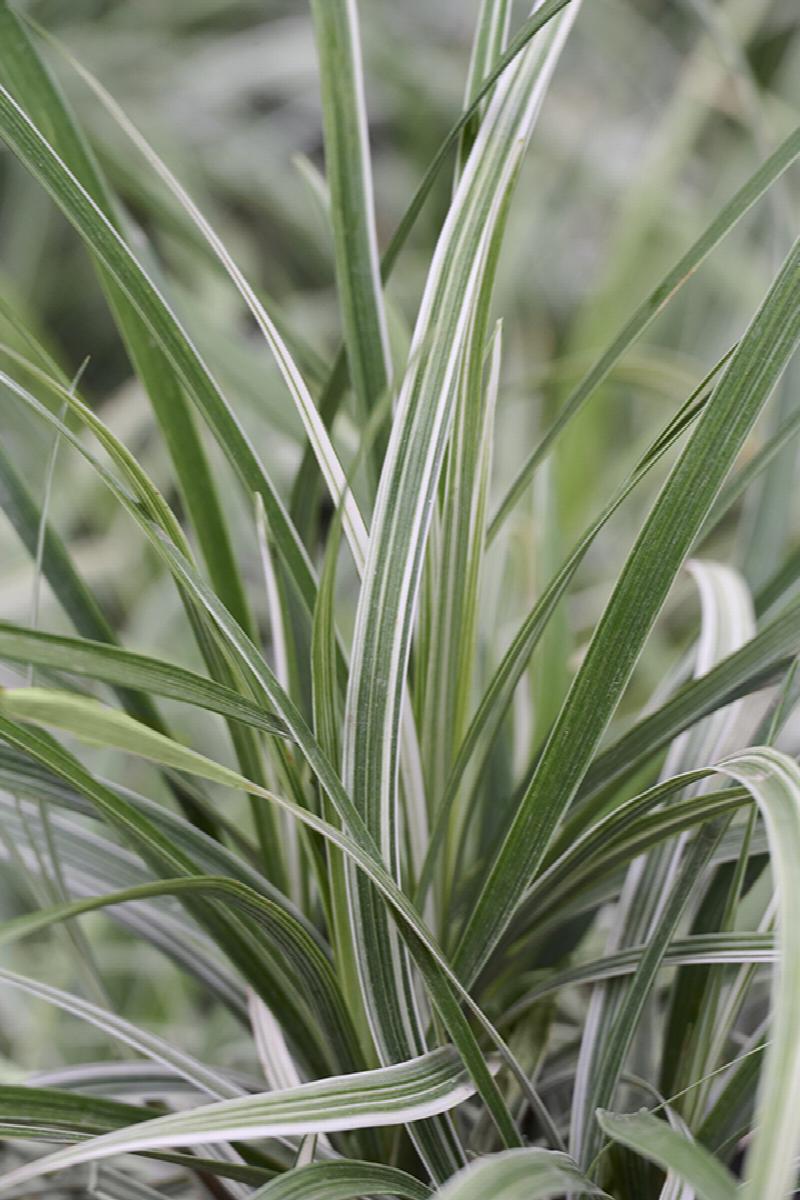
- Sun stripe agapanthus: This striking bulb produces blue or white flowers in the summer. It prefers full sun, so it can be planted on the sunny side of your abelia.

- First love cheddar pink: This perennial flower has bright pink blooms that will complement the foliage of your abelia. It prefers full sun and well-drained soil.
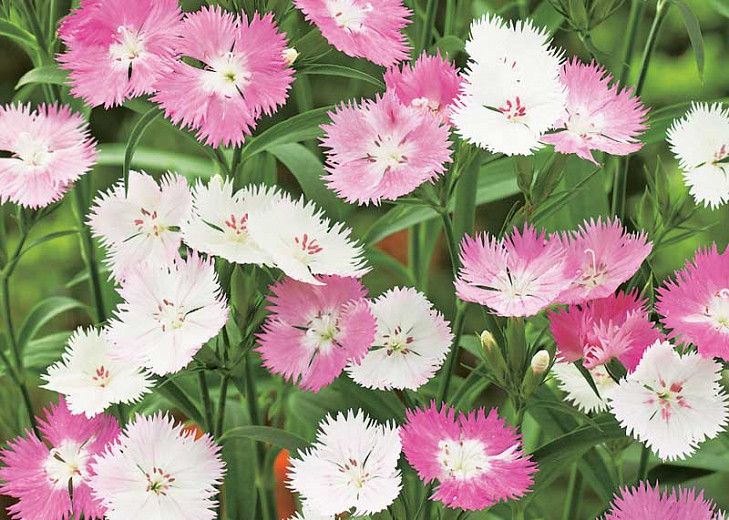
- What are the ideal growing conditions for abelia?
Abelia prefers full sun or partial shade and moist, well-drained soil. It is tolerant of a variety of soil types, but it does best in soil that is slightly acidic. Abelia is a relatively low-maintenance plant, but it should be watered regularly, especially during hot, dry weather. It should also be fertilized once a year in the spring.
- How far apart should abelia plants be planted?
The spacing between abelia plants will depend on the size of the variety you are planting. For smaller varieties, you should space plants 2-3 feet apart. For larger varieties, you should space plants 4-5 feet apart.
- How do I prune abelia?
Abelia can be pruned in the spring or fall. To prune, simply remove any dead, diseased, or damaged branches. You can also prune to shape the plant or to remove any branches that are growing too close together.
- What are some common pests and diseases that affect abelia?
Abelia is susceptible to a few pests and diseases, including:
- Aphids: These small insects can suck the sap from the leaves of abelia, causing them to wilt and turn yellow. Aphids can be controlled with insecticidal soap or neem oil.

- Scale insects: These small, round insects can attach themselves to the leaves and stems of abelia, causing them to become discolored and stunted. Scale insects can be controlled with horticultural oil or insecticidal soap.

- Powdery mildew: This fungal disease causes a white, powdery coating to form on the leaves of abelia. Powdery mildew can be controlled with a fungicide.
If you notice any pests or diseases on your abelia, it is important to treat them promptly to prevent them from spreading.
Image of abelia companion plants
- Hydrangea: Hydrangeas are a popular choice for companion plants for abelias because they have similar growing conditions and bloom at the same time. Hydrangeas can add height and drama to a garden, while abelias provide a touch of elegance.
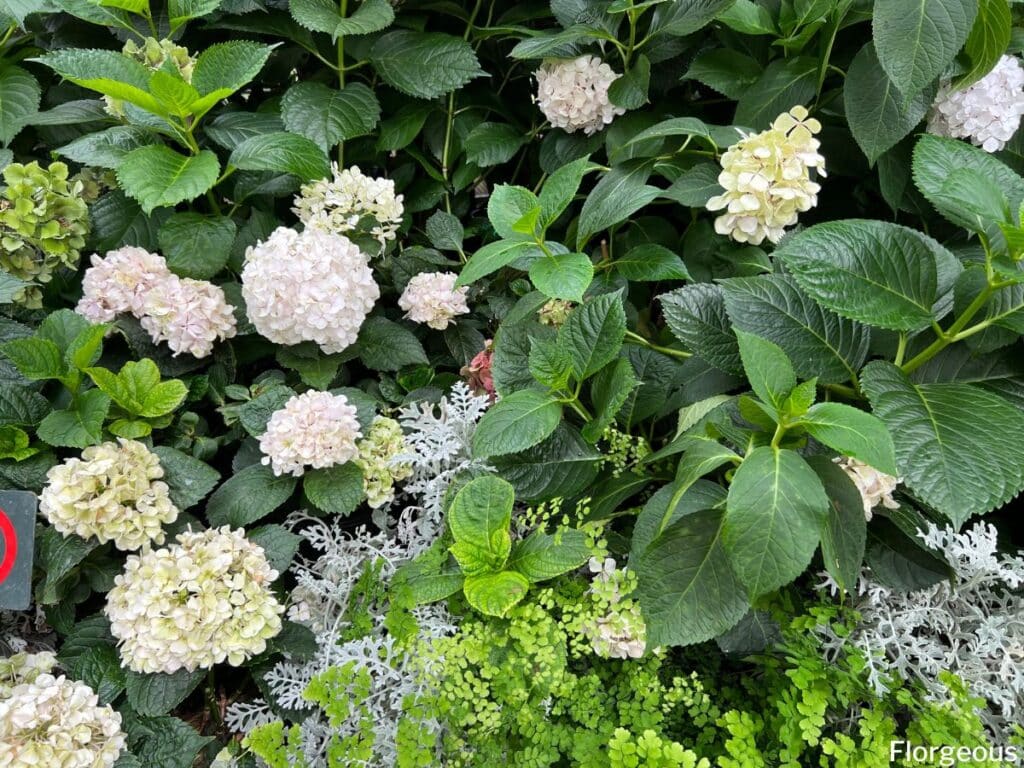
- Lavender: Lavender is another good companion plant for abelias because it attracts pollinators and deters pests. Lavender also has a lovely fragrance that can help to mask the scent of abelias' blooms, which some people find unpleasant.

- Coral honeysuckle: Coral honeysuckle is a fast-growing vine that can be used to cover unsightly walls or fences. It also blooms in the summer, providing a splash of color to the garden.
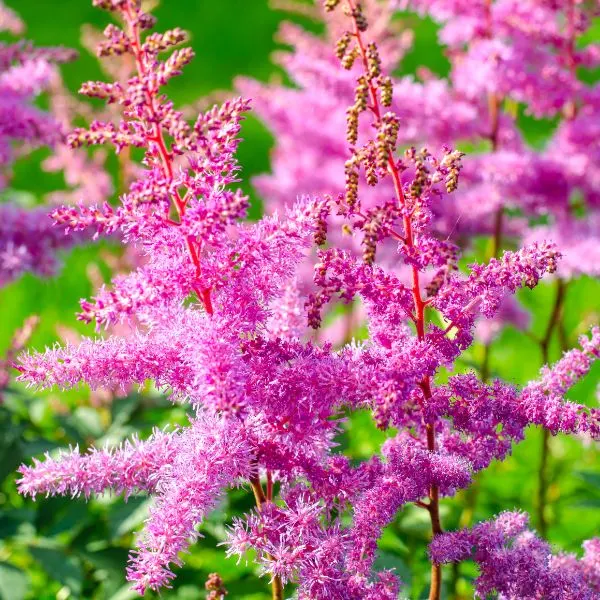
- Viburnum: Viburnums are a diverse group of shrubs that come in a variety of shapes and sizes. They can be used to add height, color, and texture to a garden. Viburnums also attract pollinators and deer-resistant.

- Astilbe: Astilbe is a shade-loving perennial that adds graceful blooms to the garden in the summer. It is also deer-resistant and can help to suppress weeds.

Post a Comment for " Abelia Companion Plants That Will Make Your Garden Pop"